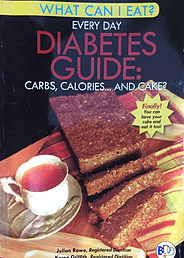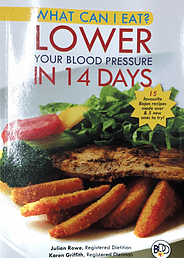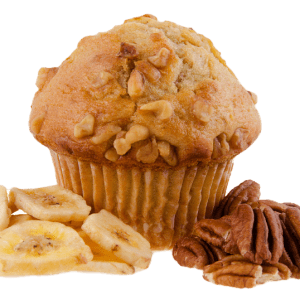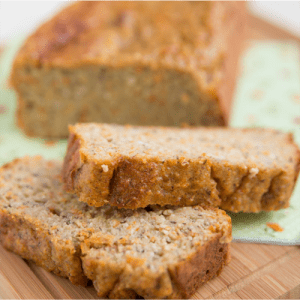While managing kidney disease, you should also maintain a healthy diet. This means including fruits and vegetables daily in your diet. Potassium is mainly found in fruits and vegetables. Some may be high in potassium and need to be limited.
Potassium is important to help your muscles work properly and to have a regular heartbeat. If you are experiencing weakness, numbness and tingling it may mean your potassium level is too high.
Here is a guideline to help you choose your fruits.
Low Potassium Fruits and vegetables (Less than 150mg per portion)
| Fruits | Vegetables |
| Apple, 1 | Broccoli |
| Applesauce | Bean sprouts |
| Blackberries and blueberries | Green beans |
| Canned peaches, pears, fruit cocktail | Cabbage |
| Gooseberries | Celery |
| Grapes | Corn, frozen, boiled |
| Lemon, lime | Cucumber |
| Pineapple (fresh or canned) | Eggplant |
| Strawberries | Green peas |
| Tangerines | Raw greens: Mustard greens, spinach |
| Juice: apple, cranberry, grape | Lettuce |
| Peach | Mushrooms |
| Pear | Onions |
| Peppers, sweet or hot | |
| Radishes | |
| Summer squash |
NOTE: a portion is ½ cup cooked or 1 cup raw. Having more than a portion can make a low potassium food
a high potassium food.
You should work with your medical doctor and dietitian to help manage your potassium levels.
You can call our office at 425-8593 to book an appointment with our Registered Dietitian.






